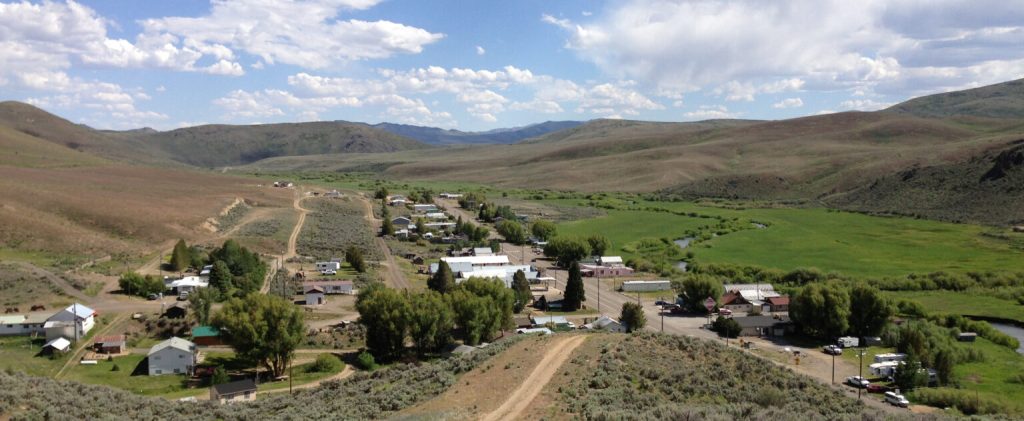Panther Minerals exploring Huber Heights uranium project, Nevada

Panther Minerals Inc. [CSE: PURR; OTC: GLIOF; FWB: 2BC] has completed a preliminary site visit and exploration work on the Huber Heights uranium property, located in northern Elko County, Nevada. The property comprises 35 unpatented mineral claims (700 acres or 283 hectares), located near the village of Mountain City. All required BLM (Bureau of Land Management) and county fees have been paid, and the property is in good standing.
The property lies within the Mountain City mining district, centred approximately 110 km north of Elko. Uranium was discovered in the area in 1954, with limited production between 1958 and 1963. As reported previously, the property covers known uranium prospects and showings that were discovered in the 1950s, including the Autunite and October group prospects and the Huber Hills Granite Ridge prospect.
Exploration activities comprise geological mapping, prospecting visually and with a spectrometer, and soil and rock sampling. Recently additional soil samples have been submitted for analysis. Field examinations have largely corroborated the historical literature of two types of uranium mineralization. One type of uranium mineralization occurs along vertical fractures and/or shear zones in quartz monzonite (Autunite and October prospects) associated with intense alteration. The other type of uranium mineralization is related to the contact zone between the underlying Cretaceous quartz monzonite and the overlying Tertiary volcanic sediments. Numerous areas of historic trenching were observed and several apparent adits, which are now collapsed and inaccessible. Both types of uranium mineralization tend to weather recessively due to associated alteration, and outcrop exposure is limited. Sufficient soil samples have been taken to determine background and anomalous thresholds to assist with planning the next exploration program and to define initial drill targets.
Scattered autunite (a secondary uranium mineral) has been observed on fractures in the granite, with some localized on north-northwest-trending faults. Occasionally, autunite mineralization (autunite is a radioactive secondary mineral resulting from the oxidation of uranium minerals associated with hydrothermal alteration) has been observed on fractures in granite, with some potentially localized along north-northwest-trending faults. The granite is hydrothermally altered with propylitic and sericitic alteration observed locally.
The property is interpreted to cover the northwestern portion of the Mountain West property, formerly owned and worked by Bayswater Uranium Corp. (Kilgore Minerals Co.). The Mountain West property was explored between 1967 and 1983 by Pathfinder Resources Ltd. (owned by Cogema) and its predecessor, Utah Construction and Mining Co. According to Bayswater’s press releases, the exploration program consisted of the drilling of 359 holes in the larger general area and not specifically on the property.
The company does not have any information of the drill holes on the property.
“The recent site visits to the Huber Heights property have supplied beneficial information that will be utilized in planning the next phase of exploration. Upon the assay results being received and compiled, it is envisioned that the company will initiate permitting for maiden drill program on the Huber Heights property,” stated Rob Birmingham, Panther CEO.
